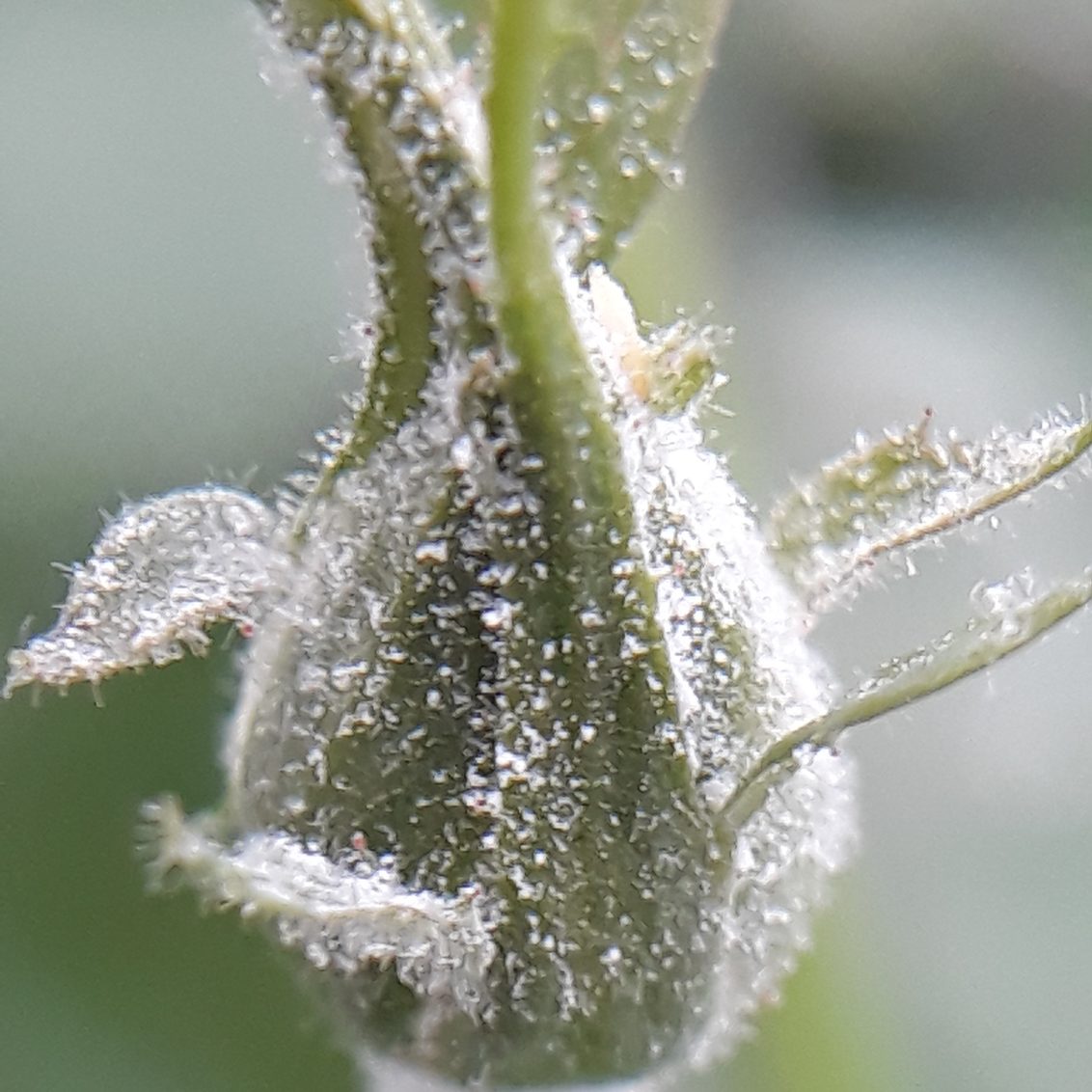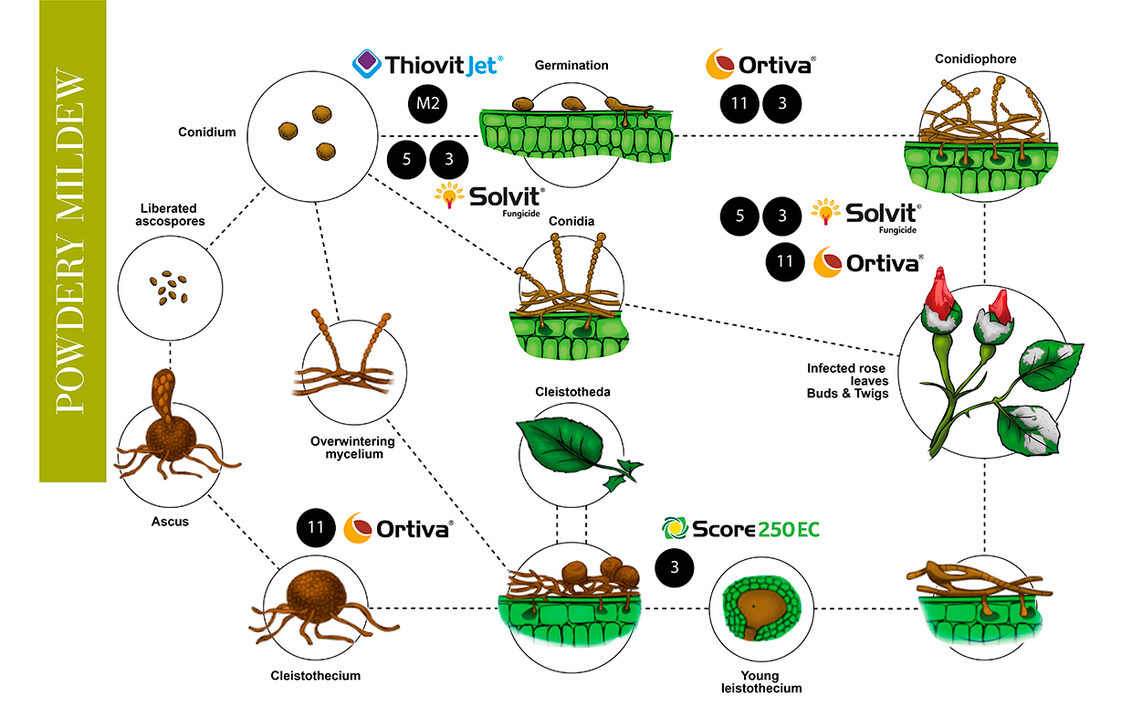Focus on Powdery Mildew
Powdery mildews are among of the most common diseases of ornamentals; many flowers, vegetables, and woody plants are susceptible. Greenhouse crops prone to infection include Roses, African violet, Begonia , Dahlia , gerbera daisy, Hydrangea , roses, Verbena, Kalanchoe, and Poinsettia. Herbaceous perennials particularly susceptible to powdery mildew include Aster, Centaurea, Coreopsis, Delphinium, Monarda, Phlox, Rudebeckia, and Sedum.

Symptoms
The disease is easily recognizable as a white to gray powdery growth on leaves and sometimes stems and flowers. It is usually most severe on the tops of leaves but can appear on the undersides as well. Mild cases of powdery mildew may have little or no effect on the plant other than diminishing its aesthetic value; on other instances, infected leaves may become distorted, discolored, and die prematurely. In general, powdery mildews have evolved to avoid killing their hosts because they need living plant tissue to survive. Symptoms and their severity depend upon the cultivar or species of host plant, the powdery mildew species, environmental conditions, and the age of plant tissue when it first became infected.
Identification and Damage
You can recognize this disease by the white, powdery mycelial and spore growth that forms on leaf surfaces and shoots and sometimes on flowers and fruits. Powdery mildews may infect new or old foliage. New growth may be dwarfed, distorted, and covered with a white, powdery growth. Infected leaves generally die and drop from the plant earlier than healthy leaves.
Life Cycle

All powdery mildew fungi require living plant tissue to grow. On perennial hosts such as roses, powdery mildew survives from one season to the next as vegetative strands in buds or as spherical fruiting bodies, called chasmothecia, on the bark of branches and stems.
Most powdery mildew fungi grow as thin layers of mycelium on the surface of the affected plant parts. Spores, which you can see with a hand lens, are part of the white, powdery appearance of these fungi and are produced in chains on upper or lower leaf surfaces or on flowers, fruits, or herbaceous stems.
Wind carries powdery mildew spores to new hosts. Although relative humidity requirements for germination vary, all powdery mildew species can germinate and infect in the absence of free water. In fact, water on plant surfaces for extended periods inhibits germination and kills the spores of most powdery mildew fungi. Moderate temperatures of 60° to 80°F and shady conditions generally are the most favorable for powdery mildew development. Powdery mildew spores and mycelium are sensitive to extreme heat and sunlight, and leaf temperatures above 95°F may kill the fungus.
Management
The best method of control is prevention. Avoiding the most susceptible cultivars, placing plants in full sun, and following good cultural practices will adequately control powdery mildew in many situations. Some ornamentals do require protection with fungicide sprays if mildew conditions are more favorable, especially susceptible varieties of roses and other ornamentals.
Chemical control recommendations

